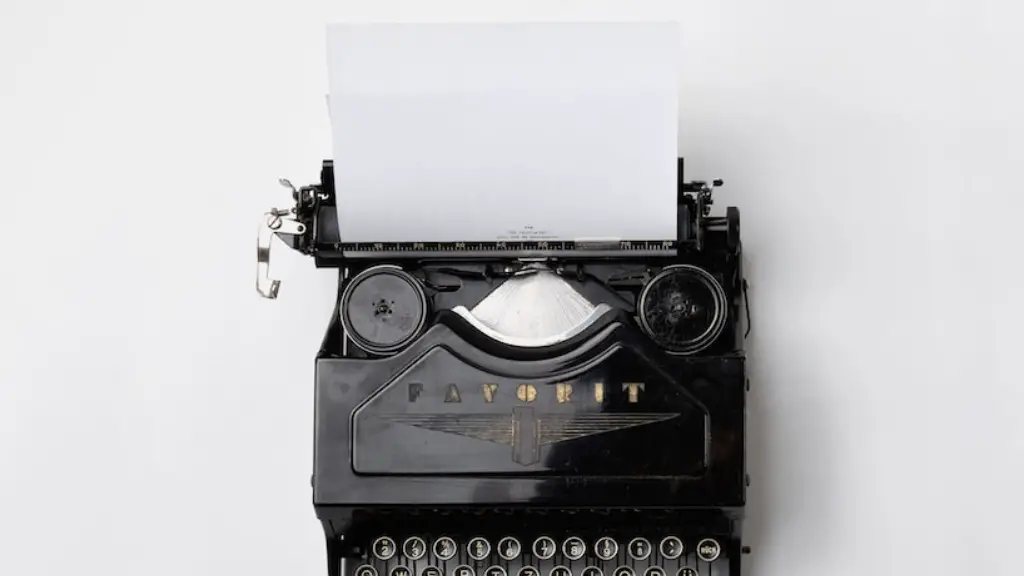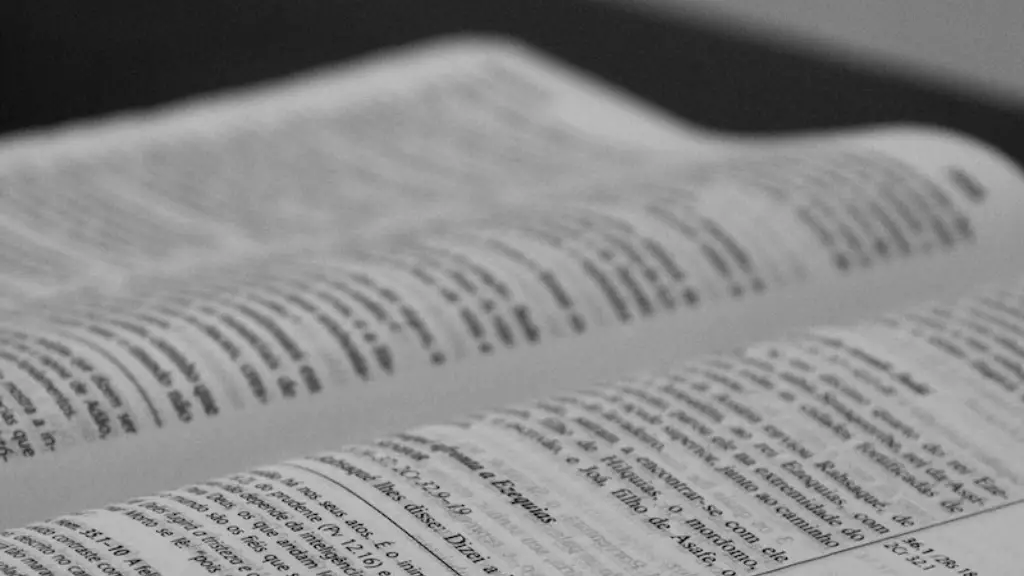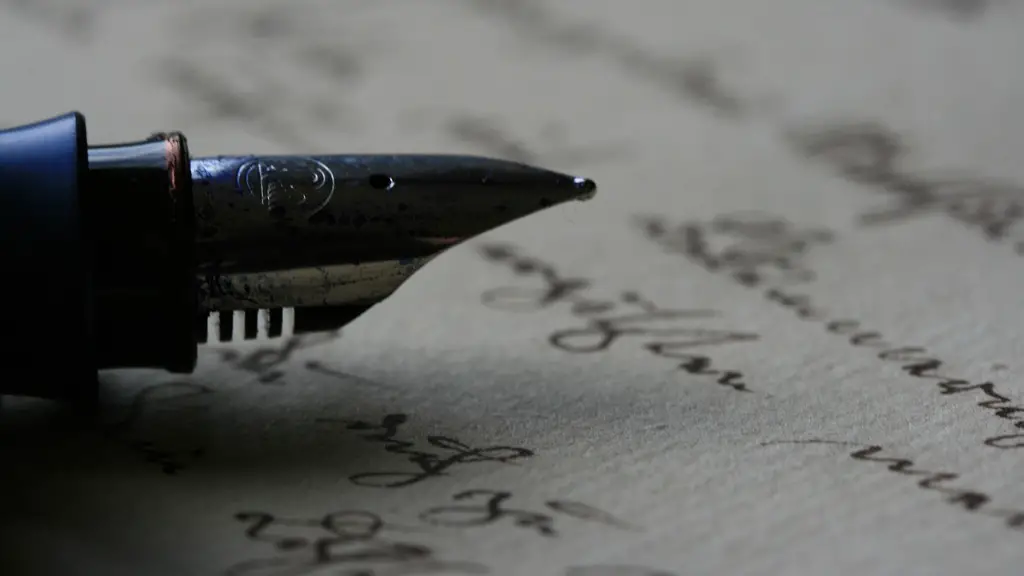Understanding syllables in poetry is key to developing rhythmic writing. Syllables can be stressed or unstressed, and both carry a different emphasis and feel when reading a poem. When writers are conscious of syllable selection when writing poetry, they are able to craft powerful and intriguing imagery in their works.
Stressed syllables in poetry involve a raise in pitch or emphasis placed on certain syllables when reading. In poetry, stressed syllables are typically paired with a louder volume and longer duration than their unstressed counterparts. This adds an increased importance and emphasis on the chosen syllable and associated word. Through identifying where the stress should lie in a poem, writers are able to craft a poem’s figure of speech, rhythm and metre.
Unstressed syllables in poetry, also known as weak syllables, involve a lowering of pitch or lack of emphasis when reading, creating a softer tone. Unstressed syllables are typically paired with a lower volume duration or fading out towards the end of the word. Unstressed syllables in poetry can be used to create a lighter, more melodic tone when reciting or reading out loud, almost like a lullaby.
Poets are able to manipulate stressed and unstressed syllables to create the desired tone, emotion and imagery within their works. An alternating pattern of stressed and unstressed syllables is often used to create a steady pace when reading poems, like a pendulum. Utilising this technique can help to capture a reader’s attention, guiding them through the poem’s text. In comparison, a sudden emphasis on a certain syllable or word can help cancel out any steady pace and draw attention to certain images or ideas that the poet has crafted.
Syllables in poetry have both a cognitive and aesthetic purpose. The variety in the type of syllables used can help portray imagery and emotion that can have a lasting impact on the reader. When poets are conscious of their selection of syllables, they can help guide readers by providing a rhythmic flow, allowing them to find beauty in their words.
Different Applications of Stressed and Unstressed Syllables
The stress, volume and emphasis of syllables in poetry can be used to create hypnotic and entrancing effects. When an emphasised syllable is used at the end of a line, it acts as a cliffhanger and motivates the reader to read the next line. This can be used to create suspense, or to draw readers in.
Stressed and unstressed syllables can also be used to create depth and contrast in a poem. Depending on the type of syllables being used and the tone of the poem, these cadences can add the finishing touches to a work, allowing readers to experience the abstract portrayal of a poet’s ideas.
Syllables can also be used to create a pattern in a poem, reflecting a certain idea or motif. Writers are able to identify certain ideas or images that they wish to portray and use syllables to create a pattern that reflects these ideas. This can also be used to speed up or slow down a reader’s pace, allowing a poet to be able to control the intensity and ‘flow’ of the poem.
Examples of Stressed and Unstressed Syllables
To best understand the usage of stressed and unstressed syllables, let’s look at a few examples. Shakespeare’s sonnet ‘18’: “Shall I compare thee to a summer’s day? / Thou art more lovely and more temperate:” is a perfect embodiment of an alternating pattern of stress and unstressed syllables. Here, the poet creates a steady wave of iambic pentameter through each line, with an emphasis on the first syllable in each word.
Another example is in Seamus Heaney’s ‘Mid-Term Break’: “ I walked in the corridor, half dazed / I saw her cobbled together in the coffin”. Here, the second line begins with a stressed syllable, creating a narrative-like effect and drawing a reader’s attention. Heaney then slowly transitions into the use of unstressed syllables, forcing the reader to pause and contemplate what lies ahead.
The Impact of Stressed and Unstressed Syllables in Poetry
Stressed and unstressed syllables in poetry can have a huge impact on readers. Writers use these syllables to create patterns and tapestries that can give a poem an emotional and almost spiritual feel. Through the manipulation of emphasized and unstressed syllables, poets are able to draw readers in, establishing a unique and personal connection with their work.
Stressed and unstressed syllables help craft rhythm and imitate the patterns that the human heart craves. By crafting this rhythm, poets are able to draw upon those emotions that can connect with readers in the most profound of ways. Through creating these connections, poets can evoke intense and overwhelming emotions in readers, instilling an immeasurable sense of peace or awe.
The Value of Stressed and Unstressed Syllables in Poetry
The manipulation of a poem’s syllables and the alternating pattern of stressed and unstressed syllables can help writers create and develop their work into something truly mesmerizing and captivating. When used creatively, these syllables can act as building blocks, allowing writers to craft beautiful stories and tales of adventure, love and tragedy.
Stressed and unstressed syllables are essential tools when crafting and editing a poem. When writers are conscious of the stress and emphasis placed upon syllables and words, they can craft powerful and meaningful works that have the potential to engage and move readers. Syllables in poetry create meaning, imagery and emotion – and when used to their fullest potential, they can transport readers to a whole new world.
The Power of Stressed and Unstressed Syllables in Poetry
Stressed and unstressed syllables in poetry have the potential to captivate readers and create extraordinary connections between them and the work itself. By manipulating syllables and words, writers are able to craft beautiful stories and imagery that can help readers understand certain concepts or life stories in a whole new light. This power of syllables can help writers create and develop their ideas and appeal to the human senses, creating an all-round captivating experience.
When used correctly, syllables and words can act as an outlet for creativity, allowing writers to fully explore their creative power and unlock the beauty, magic and power that language has to offer. Poets are able to craft a work of art that interacts with readers in a way that’s both enjoyable and meaningful.
Becoming Conscious of Stressed and Unstressed Syllables
In order to become conscious of syllables in poetry, writers must become aware of the stress, rhythm and emphasis placed upon certain syllables and words. By doing this, poets are able to develop a keen sense of what techniques and effects they should use to craft a poem that’s both captivating and meaningful.
When looking over a poem, readers should take note of those syllables that are stressed or unstressed. By looking for any patterns, vibrations or emotions that the words create, readers can gain insight into what a poet is trying to say. As the saying goes, practice makes perfect, and the same applies to becoming conscious of syllables in poetry.
Through practising this concept, writers are able to craft powerful and entrancing works that can captivate and mesmerize readers. Stressed and unstressed syllables are tools that can help writers create a sense of rhythm, movement and emotion that can connect with readers in the most profound of ways.




